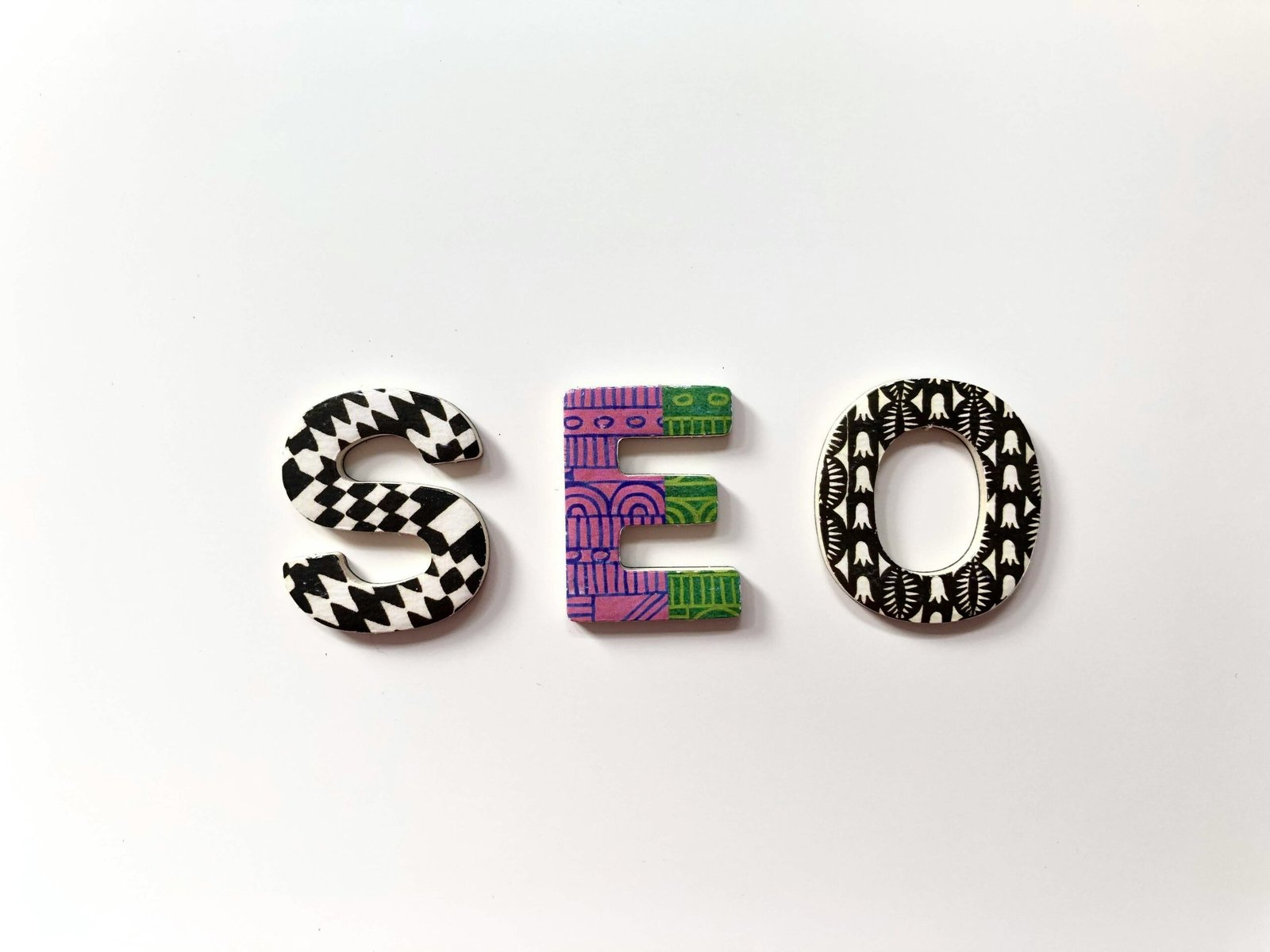Understanding Mobile and Tablet Device Design
Designing for mobile and tablet devices involves a thorough understanding of the unique characteristics that distinguish these platforms from traditional desktop interfaces. One of the foremost principles in this arena is responsive design, which ensures that applications and websites can adapt seamlessly to different screen sizes and orientations. Responsive…












